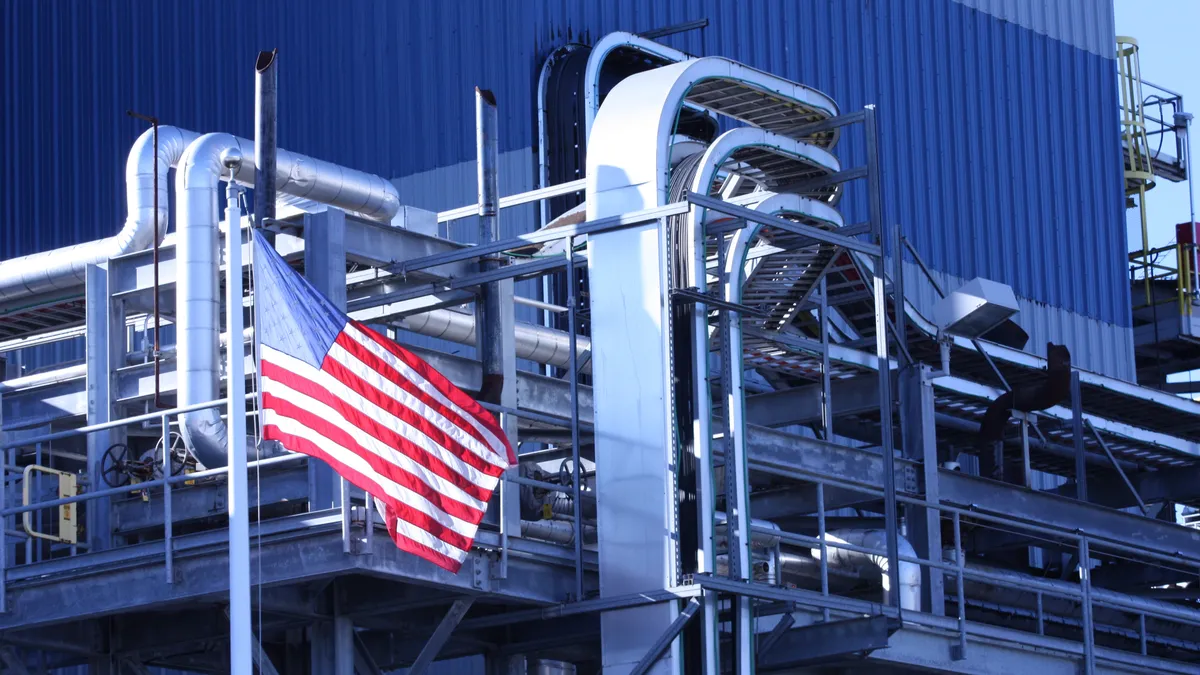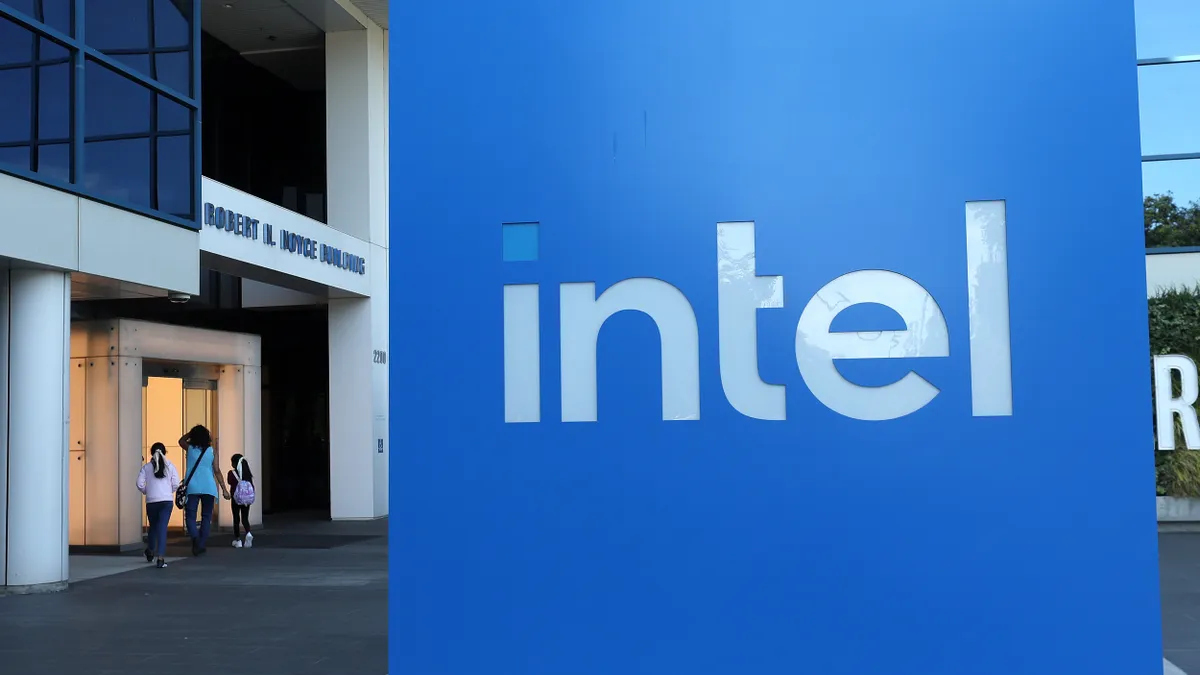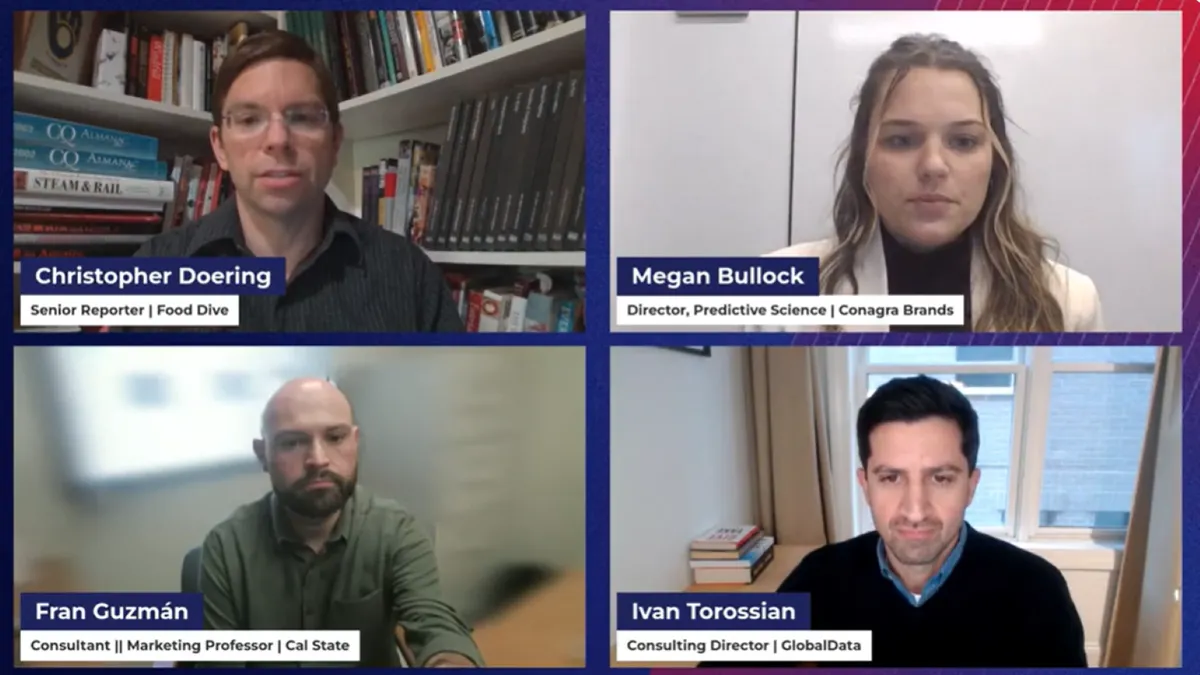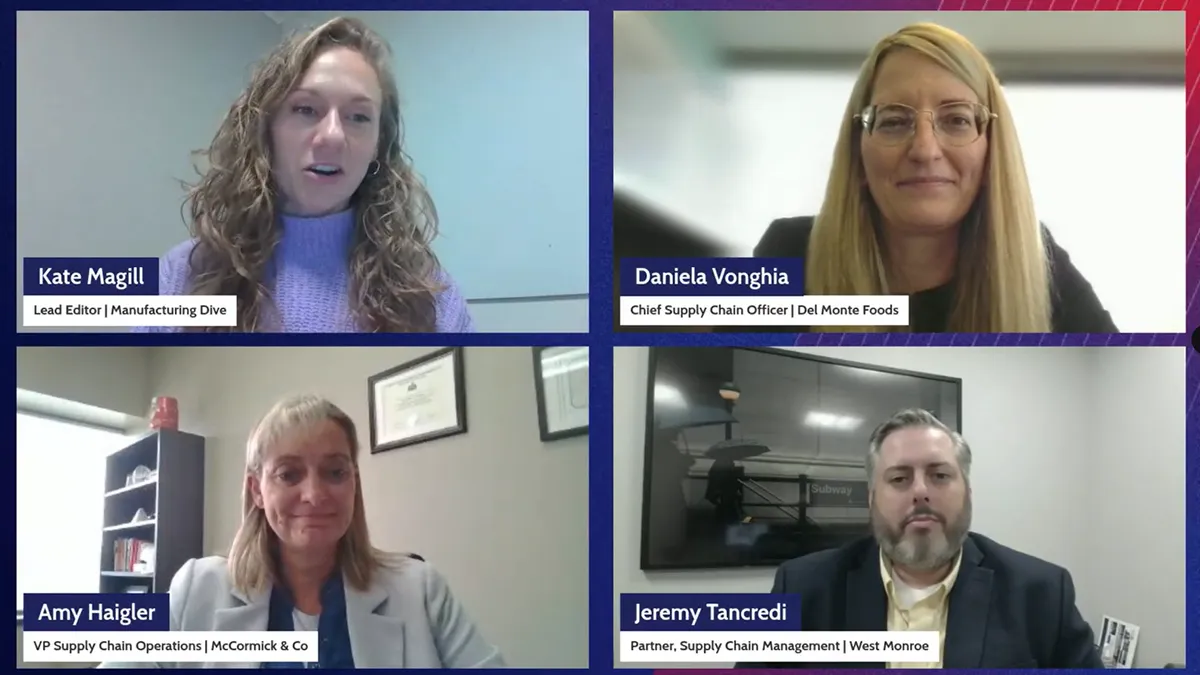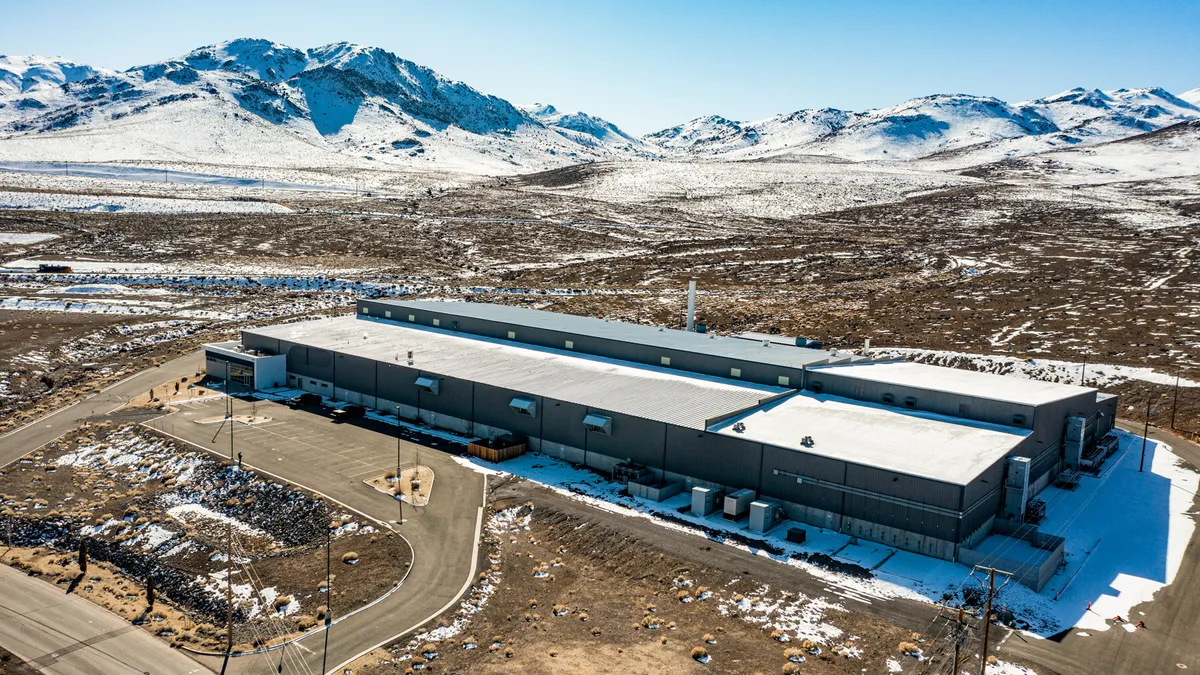Minnesota will become one of the first states in the country to ban PFAS from products sold or distributed in the state. The law, which goes into effect in 2025, will impact a wide variety of household products and the manufacturers who produce them.
Minnesota’s new law makes it the broadest PFAS policy package in the U.S., according to the environmental advocacy group Safer States. The law adds to the state's existing PFAS legislation, including a ban on “forever chemicals” in firefighting foam in 2019 and food packaging in 2021.
The ban will be implemented in two steps. The first will prohibit products intentionally containing “forever chemicals” with the intention of selling or distributing items in the state.
Those categories include carpets or rugs, cleaning products, cookware, cosmetics, dental floss, fabric treatments, juvenile products such as toys or pillows for children under 12, menstruation products, textile furnishings, ski wax and upholstered furniture.
The second phase of the law, beginning in 2032, is a more general prohibition on the use of PFAS in products sold or distributed in Minnesota.
Minnesota joins Maine and California as some of the first states to ban PFAS as part of a growing movement to more carefully regulate the use of "forever chemicals" in everyday products.
California has two existing laws banning PFAS from cosmetics and textiles that will both go into effect at the start of 2025, as well as a bill that would add cleaning products to its list.
Maine also banned PFAS from food packaging and pesticides, and the state passed a law this year to require bottlers to test products for PFAS. The state will also prohibit the sale of any product intentionally containing PFAS beginning in 2030, unless the use of the forever chemicals is essential.
“This law shows that states are a key part of ensuring that communities are safe from PFAS,” Safer States National Director Sarah Doll said in a statement. “Consumers have a right to know what is in their products, and this legislation, which builds on Maine’s PFAS disclosure law passed in 2021, will allow the public to know where PFAS is used and have information to avoid it.”
PFAS alternatives exist, but they're costly
These regulations mean more manufacturers will need to pivot their processes to abide by the new requirements.
Minnesota will allow some PFAS use in products in which the chemical is essential for the health, safety or functioning of society, and in cases where alternatives are not available, such as in the production of some medical devices.
But finding an alternative that offers the same performance as PFAS when it comes to waterproofing, durability, stability and heat resistance in products such as paint, semiconductors or medical devices can be hard and costly.
In 2021, Chemsec, a chemical safety advocacy nonprofit, asked 50 of its member companies, including brands like H&M and New Balance, what the biggest challenges were when moving away from PFAS. According to the report, 71% said lack of available alternatives, 43% said cost of alternatives, 43% said lack of knowledge and 29% said inadequate performance of alternatives.
If I was a manufacturer, I would certainly seek counsel to help determine whether the new law applies to me, what I need to do to comply with the law and how I can ensure I remain in compliance when it comes to using products from outside suppliers.
Thomas Braun
Environmental lawyer and partner at Stoel Rives in Minneapolis
Examples of these issues are apparent when it comes to the use of PFAS in manufacturing processes.
A 2020 PFASs and alternatives in food packaging report by the Organisation for Economic Co-operation and Development found that while it appears PFAS formulations cost more than natural greaseproof paper per kilogram, the cost is reversed when it comes to the manufacturing process, where using the non-PFAS based materials, like the organic compound cellulose or palm leaves, presents an 11% increase in production costs.
“This is mainly due to the increased amount of refining, dewatering and drying used to produce [natural greaseproof paper] compared to PFAS paper which slows the paper-making machines down, presumably increasing energy consumption and therefore increases costs,” according to the report.
“The biggest challenge is that manufacturers need to be aware of the alternatives in the market,” said David Zamarin, founder & CEO of Impermea Materials. “Not all alternatives are going to perform well.”
Impermea Materials provides PFAS alternatives for products such as textiles. Zamarin said manufacturers who want to use their products will have to absorb some of the added cost of alternatives or pass the cost down to their customers.
“They may not want to pass it down to the customer because they don't want to lose the business,” Zamarin said. “But they're going to lose the business regardless if they continue with PFAS, because of either legislation or litigation. So the reality is, do we all tighten our belts and sharpen our pencils for the first few years and make sure that this becomes a commonplace alternative so that we can get the economies of scale going? And then costs will come down.”
Manufacturers should start with understanding where PFAS exist in their suppliers
Some major brands have announced pivots away from "forever chemicals" as more regulation arises. Minnesota-based chemical giant 3M announced in December it was phasing out and discontinuing the use of “forever chemicals” by 2025.
But smaller companies that cannot as quickly make the jump need to be aware of what’s in their products' components, said Thomas Braun, an environmental attorney and partner at Stoel Rivers' Minneapolis office.
“You are also potentially responsible for the components of that product and knowing what is in them,” Braun said. “If I was a manufacturer, I would certainly seek counsel to help determine whether the new law applies to me, what I need to do to comply with the law and how I can ensure I remain in compliance when it comes to using products from outside suppliers.”
Manufacturers will also need to look at their suppliers and supply contracts to see whether or not there are intentionally added PFAS in their own supply chains, and if there’s an alternative.
To check the components of their products for intentionally added PFAS, Braun said manufacturers will need to either test the materials themselves or require suppliers to provide evidence that demonstrates their products do not contain the chemicals.
“Manufacturers may look to require that their supply agreements include representations from the supplier that the components do not contain any intentionally added PFAS and/or information disclosure obligations that require the supplier to provide testing results that demonstrate that the components do not contain any intentionally added PFAS,” Braun said.
In the meantime, it will be up to manufacturers and the supply chain to identify alternatives.
“To the extent there aren't alternatives now, this will certainly create a market for those alternatives,” Braun said.





